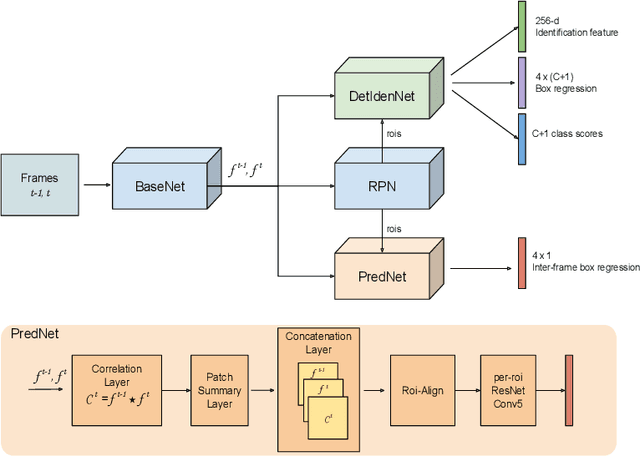Abdul Rafey Aftab
Multimodal Driver Referencing: A Comparison of Pointing to Objects Inside and Outside the Vehicle
Feb 15, 2022



Abstract:Advanced in-cabin sensing technologies, especially vision based approaches, have tremendously progressed user interaction inside the vehicle, paving the way for new applications of natural user interaction. Just as humans use multiple modes to communicate with each other, we follow an approach which is characterized by simultaneously using multiple modalities to achieve natural human-machine interaction for a specific task: pointing to or glancing towards objects inside as well as outside the vehicle for deictic references. By tracking the movements of eye-gaze, head and finger, we design a multimodal fusion architecture using a deep neural network to precisely identify the driver's referencing intent. Additionally, we use a speech command as a trigger to separate each referencing event. We observe differences in driver behavior in the two pointing use cases (i.e. for inside and outside objects), especially when analyzing the preciseness of the three modalities eye, head, and finger. We conclude that there is no single modality that is solely optimal for all cases as each modality reveals certain limitations. Fusion of multiple modalities exploits the relevant characteristics of each modality, hence overcoming the case dependent limitations of each individual modality. Ultimately, we propose a method to identity whether the driver's referenced object lies inside or outside the vehicle, based on the predicted pointing direction.
Multimodal Fusion Using Deep Learning Applied to Driver's Referencing of Outside-Vehicle Objects
Jul 26, 2021



Abstract:There is a growing interest in more intelligent natural user interaction with the car. Hand gestures and speech are already being applied for driver-car interaction. Moreover, multimodal approaches are also showing promise in the automotive industry. In this paper, we utilize deep learning for a multimodal fusion network for referencing objects outside the vehicle. We use features from gaze, head pose and finger pointing simultaneously to precisely predict the referenced objects in different car poses. We demonstrate the practical limitations of each modality when used for a natural form of referencing, specifically inside the car. As evident from our results, we overcome the modality specific limitations, to a large extent, by the addition of other modalities. This work highlights the importance of multimodal sensing, especially when moving towards natural user interaction. Furthermore, our user based analysis shows noteworthy differences in recognition of user behavior depending upon the vehicle pose.
Joint Detection and Tracking in Videos with Identification Features
May 25, 2020



Abstract:Recent works have shown that combining object detection and tracking tasks, in the case of video data, results in higher performance for both tasks, but they require a high frame-rate as a strict requirement for performance. This is assumption is often violated in real-world applications, when models run on embedded devices, often at only a few frames per second. Videos at low frame-rate suffer from large object displacements. Here re-identification features may support to match large-displaced object detections, but current joint detection and re-identification formulations degrade the detector performance, as these two are contrasting tasks. In the real-world application having separate detector and re-id models is often not feasible, as both the memory and runtime effectively double. Towards robust long-term tracking applicable to reduced-computational-power devices, we propose the first joint optimization of detection, tracking and re-identification features for videos. Notably, our joint optimization maintains the detector performance, a typical multi-task challenge. At inference time, we leverage detections for tracking (tracking-by-detection) when the objects are visible, detectable and slowly moving in the image. We leverage instead re-identification features to match objects which disappeared (e.g. due to occlusion) for several frames or were not tracked due to fast motion (or low-frame-rate videos). Our proposed method reaches the state-of-the-art on MOT, it ranks 1st in the UA-DETRAC'18 tracking challenge among online trackers, and 3rd overall.
 Add to Chrome
Add to Chrome Add to Firefox
Add to Firefox Add to Edge
Add to Edge